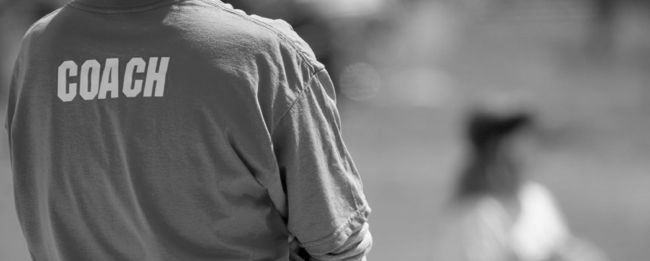
A Simple Guide for Strength & Conditioning Coaches, Part 4
Coaching your coaches on how to coach
Young coaches spend a great deal of time on program design, sets, reps, percentages, and every new drill or exercise that appears on the internet. There are young coaches, graduate assistants, and interns in our profession who have outstanding textbook knowledge and are very well versed in theory. However, young coaches need to improve on practically applying their knowledge and limited experience when coaching a group of athletes.
Coaching in the Weight Room
Before the set
It is very difficult to coach an athlete on technique before he performs an exercise. Unless, of course, you're very familiar with the athlete’s technique history or have closely observed the previous set. When coaching an athlete before the set, you should ensure that the athlete is set up in a successful body position with the proper hand and foot placement. Make sure spotters or equipment settings are set up correctly. This coach-athlete interaction shouldn't be a mini-clinic.
During a rep
Any communication from a coach to an athlete during the repetition should be short and to the point. Using familiar buzzwords that address one coaching cue or technique correction is optimal. Make sure the buzz words you use to correct technique are consistent between coaches.
Between reps
In the very limited time between reps, you must communicate with the athlete very directly and efficiently so that they can comprehend and make adjustments if need be. Address one technique discrepancy at a time. We break this communication into three categories:
- Reinforce: Positive feedback is extremely important for your athletes. Whether it is reaching proper depth in the squat or lifting with great bar speed, the athlete needs to know.
- Reevaluate: Identify on the next rep whether the athlete has addressed the issue.
- Recorrect: Don’t settle for “good enough” when evaluating technique. Recorrect the same problem or address a second if applicable.
After the set
It may not be necessary to reinvent the wheel after the athlete finishes the set. Most of us who have trained heavy understand that the last thing we want after finishing a max effort set is a coach giving a five-minute lecture and full demonstration on the exercise we just did. Make sure to give feedback as soon as the athlete is ready. Give the athlete what he needs to improve for the next set and how to fix it.
Final thoughts
Overall, we have identified three distinct phases when developing an internship program. This process will differ depending on the level, size of school, and staffing situation in which you find yourself. These serve as general guidelines and hopefully some may help with your situation. In my opinion, starting an internship program has allowed a strength and conditioning program in a small college environment to improve drastically. Overcoming obstacles such as limited space, resources, and budgets can be made possible with more people dedicated to your specific mission. Young coaches who want to start a career in strength and conditioning need experience, which can help them take the next step while helping your athletic programs succeed. It can become a huge undertaking, but the benefits to you, the intern, and our profession can make it worthwhile.









